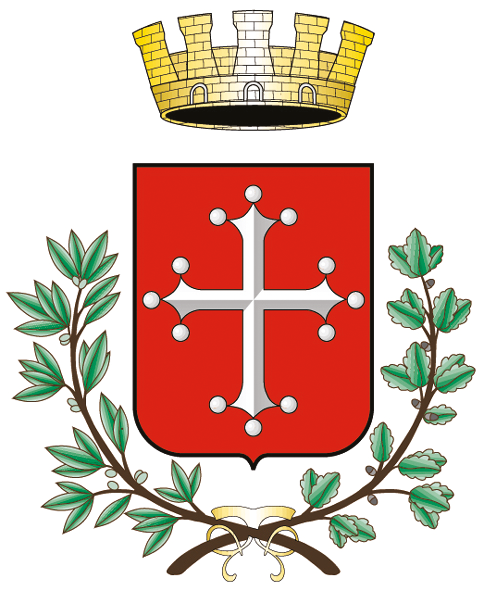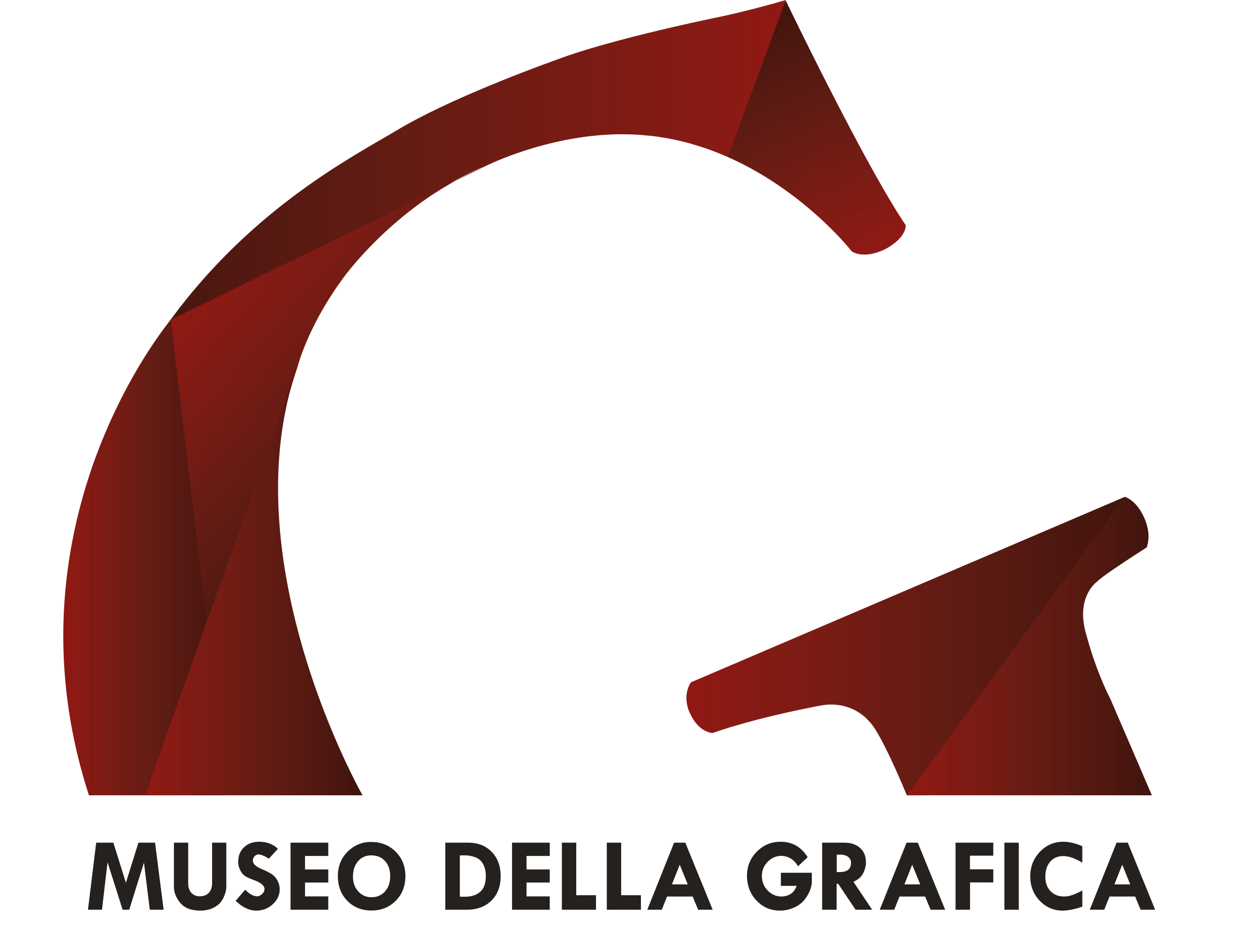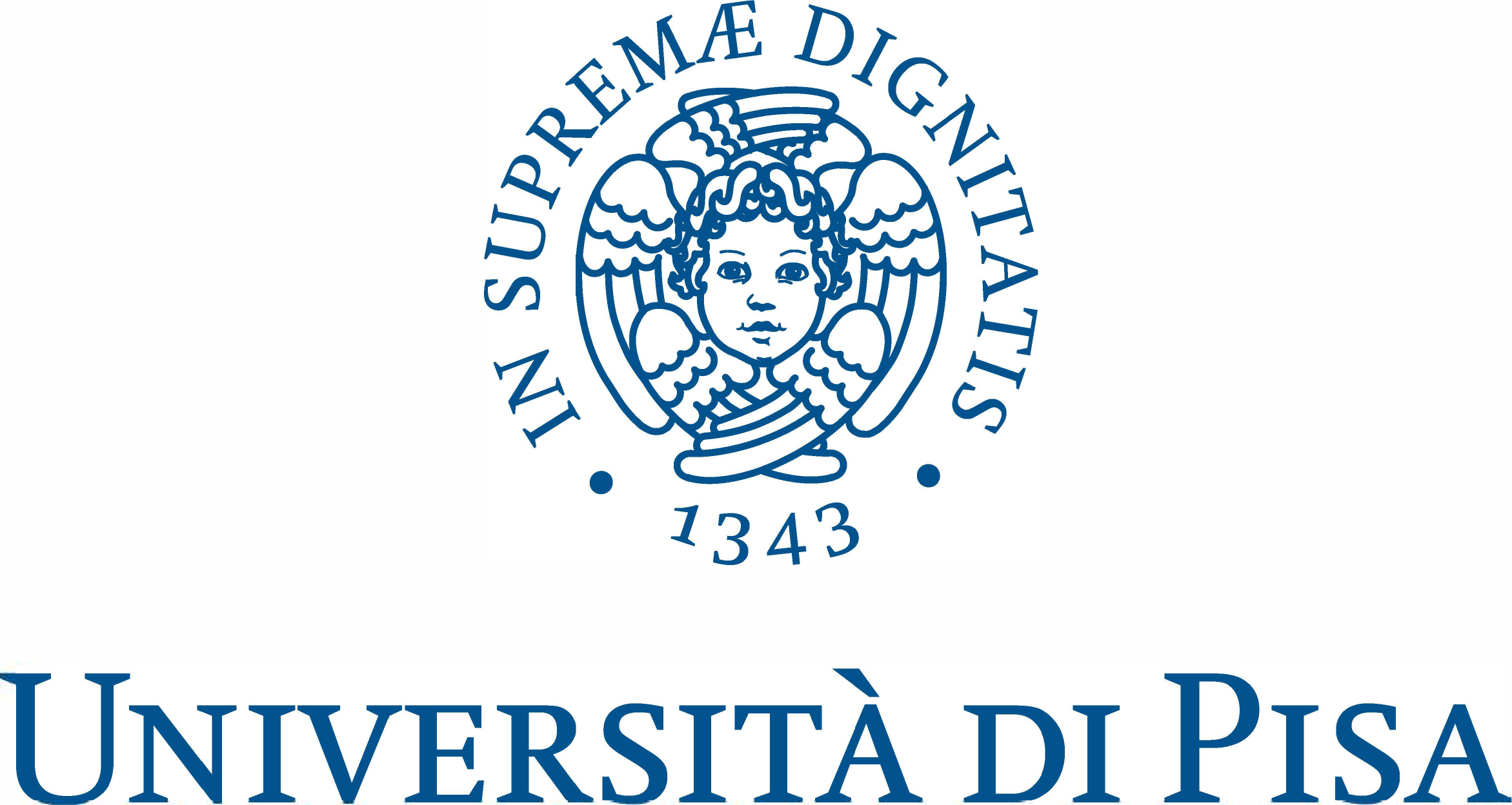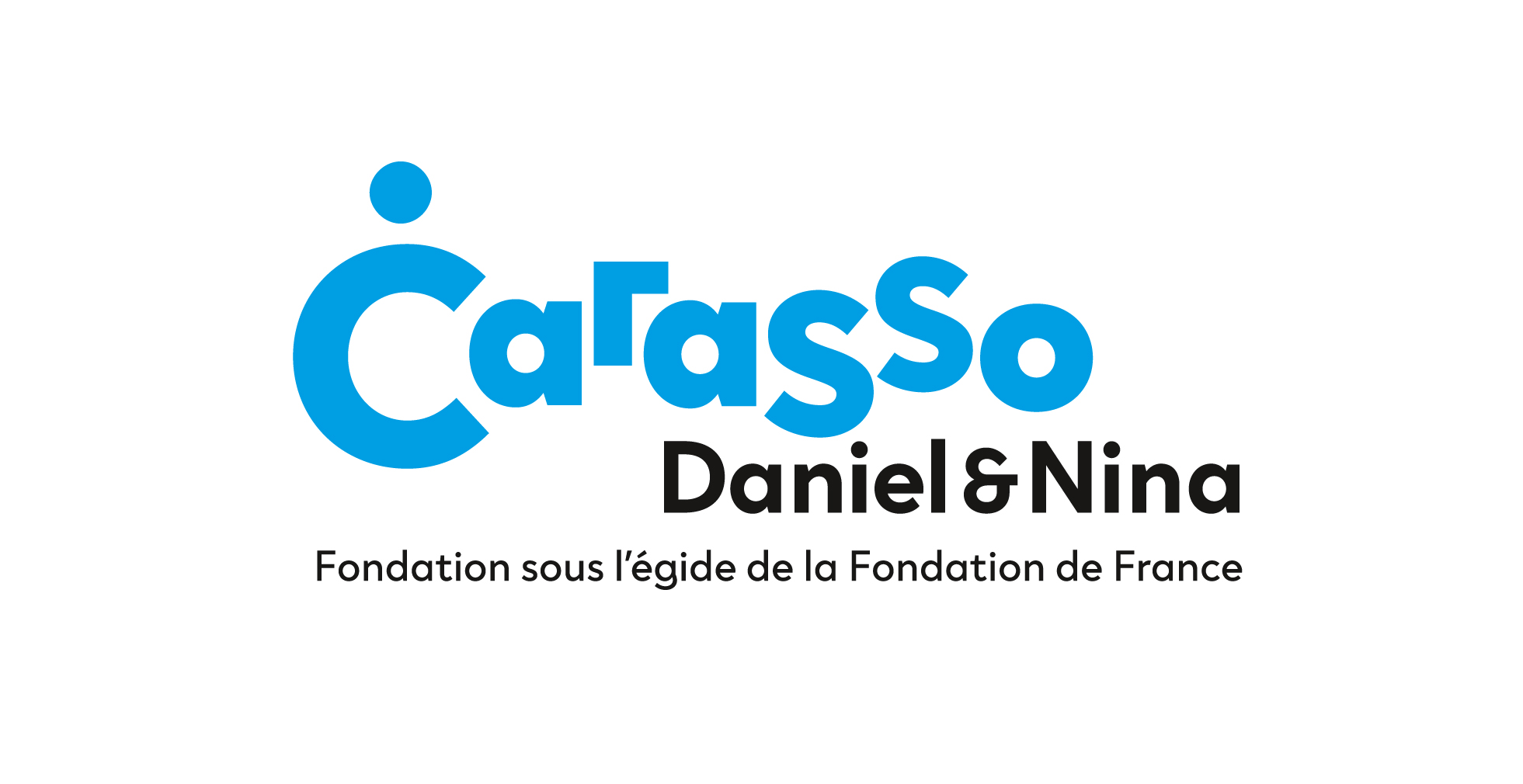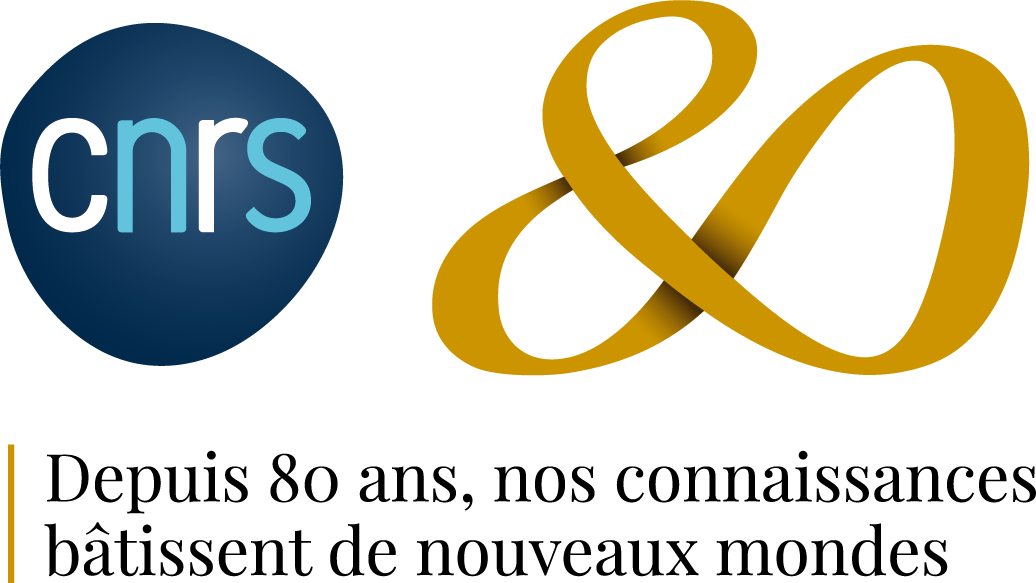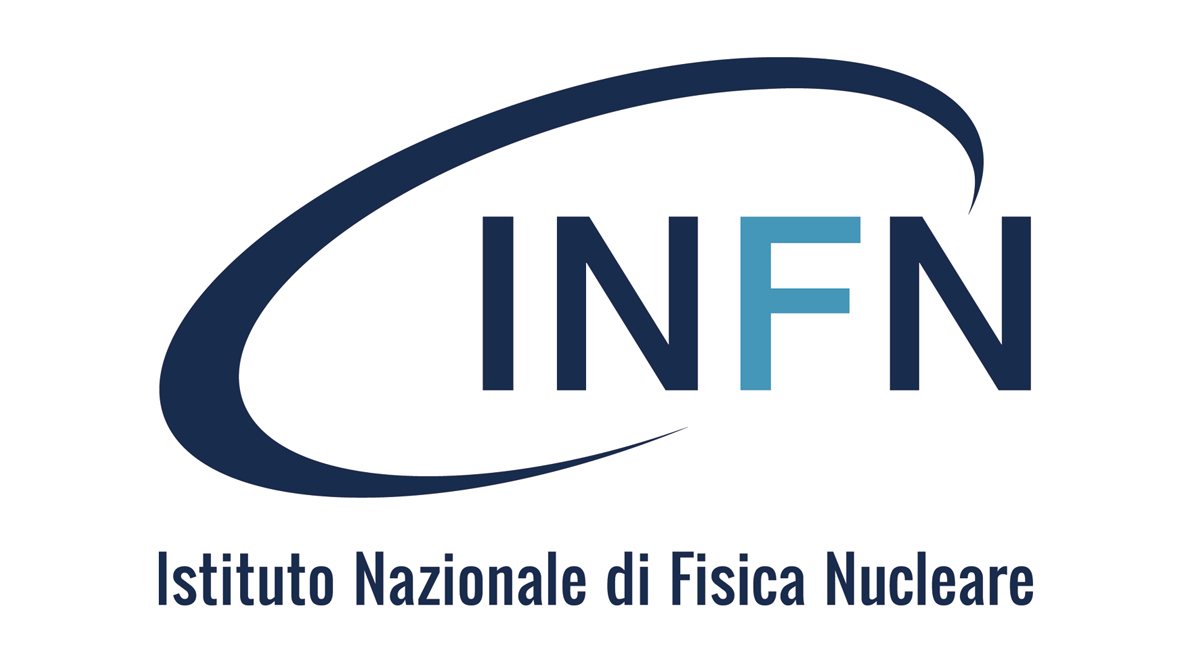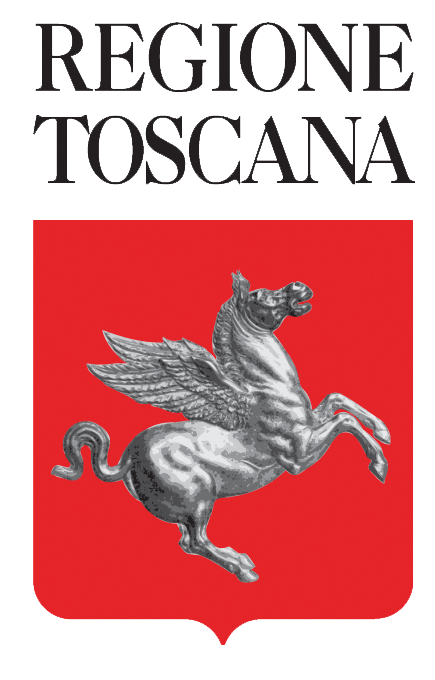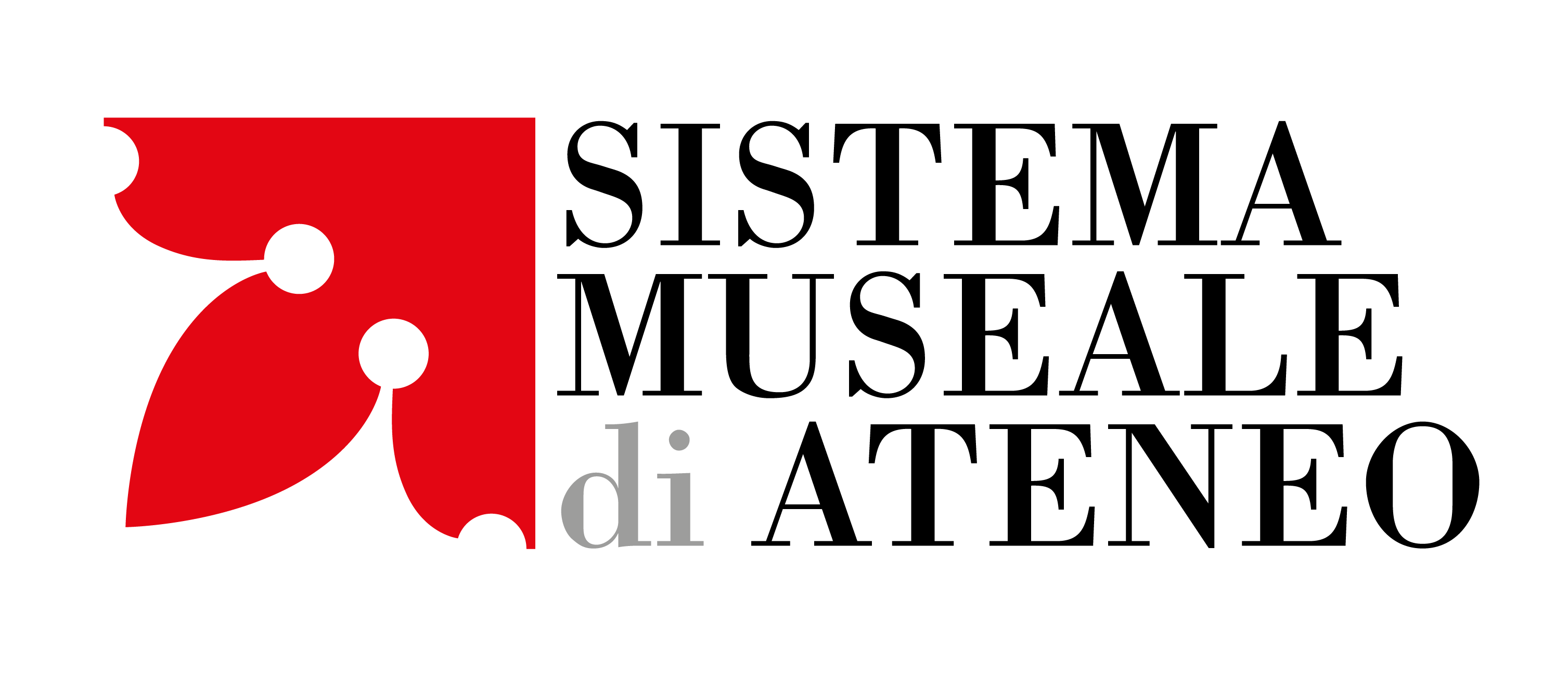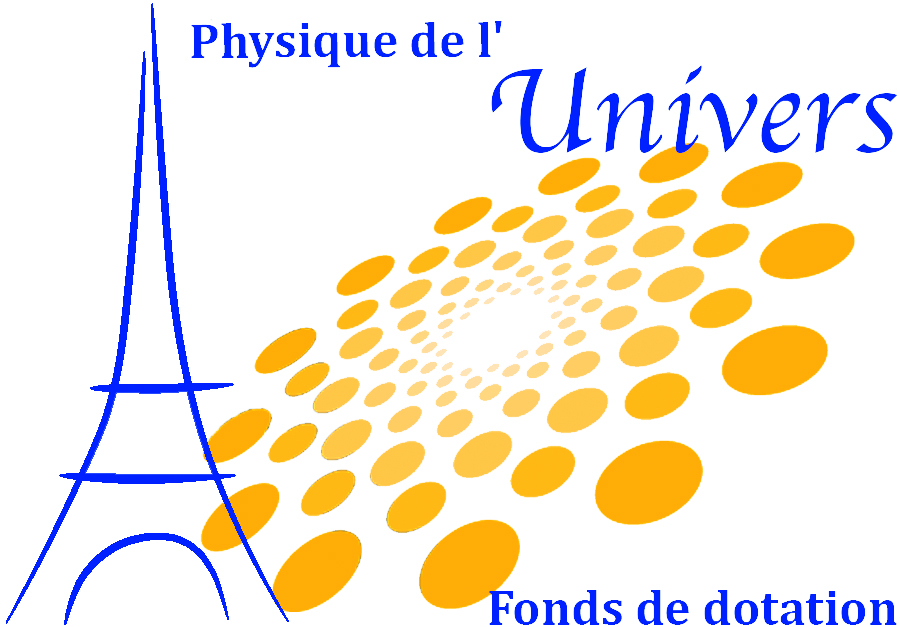|
“Scientists and artists are the world’s noticers. Their job is simply to notice what other people cannot.” Franck Oppenheimer |
The exhibition “The Rhythm of space” is an exhibition at the crossroad of Art and Science and it is the product of the work of the group Universe 2.0 composed of renowed artists: G. Alda, P. Büchler, A. Csorgo, R. Dallaporta, R. Galle, B. Lamarche, L. Lijn, L. de Maigret, A. Ortiz, T. Saraceno and J. Thomson; scientists, architects and philosophers: M. Barsuglia, V. Boschi, A. Dubois, C. Flécheux, E. Krouska, M. Lachièze-Rey, A. Letailleur, P. Legrain, D. Marciak, R. Malina, V. Napolano, S. Katsanevas, C. Spiering, A. Tosi, Y. Winkin and H. Wismann. The project was initiated by Pierre Binetruy at the end of 2016, tragically departed in April 2017, and had to restart anew in June 2017. This exhibition is devoted to his dear memory.
The aim of the project is to initiate an exploration, through a cross-reflection between artists and scientists, of the field that began with the discovery of gravitational waves, urgently questioning again the nature and texture of space-time and matter, the notions of origin and horizon, the role of representation, information and transformational activity, artistic or scientific, the questions of individuality. More generally question again the nature of the human embedding in the cosmos; where the notion cosmos, denotes beyond the Universe also the earthly environment and human society.
The scientific occasion was the detection of the gravitational waves emanating from a fusion of two black holes in Septem-ber 2015, followed by the detection of a fusion of 2 neutron stars in August 2017, subsequently observed by nearly 100 observatories around the world. While the detections was a striking confirmation of Einstein’s theory of general relativity, postulating that every violent phenomenon in the Universe produces vibrations in space-time, the fusion of the neutron stars ushered fundamental science in a new scientific era, rightly called the “Multi-messenger era”, where we probe the Universe with a variety of cosmic messengers beyond the traditional ones of the electromagnetic spectrum: gravitational waves but also neutrinos and cosmic rays The Nobel committee reacted swiftly and gave the Nobel prize of Physics of 2017 to the discovery of gravitational waves by the north American LIGO and European Virgo interferometers.
Since the gravitational waves were registered as modulations of a signal with frequencies spanning the human acoustic spectrum, the discovery supported anew the metaphor that we are imbedded in a cosmic space-time network, where space-time vibrations: the “rhythm” or in some sense the “sound” of space, is added to the millenary apprehension of the Universe as a sublime, but terrifying according to Pascal, silent visual image.
As all major scientific turning points this experimental discovery brings again at the forefront the rethinking of the basic concepts of Space, Time and Matter, the theoretical place where Science and Art but also Society meet. One needs to recall the intense scientific and artistic activity preceding and following the Galileo revolution, as well as the intense artistic and scientific activity preceding and following Einstein’s Relativity, from Cubism and the other modernist artistic movements to abstraction. The question remains whether we are not in front of a third turning point of the same nature.
More specifically, and in a necessarily schematic way, the works exposed elicit questions about the nature of space. As it was succinctly put by Einstein: is space and time a framework inside which objects move and things happen, or an emergent property of objects in relation? Space, can thus be seen as a deformable framework interdependent with the objects inside it, but it can also be seen as an “atmosphere” of electromagnetic and sub-nuclear fields or an emergent property of matter in entanglement in a bold vision coming from quantum mechanics.
Then since after Relativity, citing Minkowski, “space by itself, and time by itself fade away into mere shadows, and only a kind of union of the two preserves an independent reality” one needs to pose related questions on the nature of time. Is time as a fully deterministic framework where all change is projected from the past or a rhythmic process respecting the past but open to the future? One unavoidably also needs to question the nature of the laws of physics: probably the last ontological framework. Are these laws given for eternity (and by whom?) or do they also evolve with time at cosmological scales?
One further has to question also, the senses with which we apprehend the images of the cosmos. We need to move from the Thales/Platonic/Euclidean uniformity of space and metaphysics of light and shadow, a constitutive element of per-spective, to space as an atmosphere and/or a deformable medium, using deformation geometries and/or other modes of representation from the sound or “acousmatic” apprehension of rhythms and time to art as exploring paths “inside” the world, involving dance and performance.
Then, since matter is correlated with space-time it also has to be rethought. The individuation of objects in relation to the density of interaction has to be re-examined: from the world of quarks where there is the well known particle/field duality to this of the Universe. One can ask: are fundamental particles, the ancient atoms, individuated objects or rhythms? More generally, can we identify individual objects before they enter into a relation, or are the objects themselves a form of crys-tallisation of the different relations? What is the “scaffolding” contribution of shadowy ”dark” entities (e.g. dark matter) or violent phenomena to the formation of structure? What can we call origin and where is the horizon? These interrogations also question the texture, plasticity and resilience of objects. When does inflexibility transform an object into a measuring device or an elementary particle? When does plasticity transforms it into a representation medium (stone, plaster, engrav-ing, photography, digital media)?
Furthermore, since with these instruments scientists are practicing the extremely difficult art of capturing a cosmic sig-nal by distinguishing it from the slightest possible deviation caused by terrestrial seismic movements, cloud passages, sea waves, or anthropogenic movements, the study of the Universe implies the proper understanding of the Earthly environ-ment. In other words, the event horizon at Virgo is not a calm one, there is always a “rumour” from the earth and the atmosphere, or even society. Never a human instrument in history was so deeply coupled to the environmental daily and secular rhythms. And this applies also for many works of art from the “Grand Verre” of Duchamp to Land Art. This is the sense of the second embedding of the gravitational wave and other scientific instruments or art works in the notion of cosmos as earthly environment. It also proves that a proper thinking of our embedding in the cosmos cannot be done without a serious questioning of the concept of message, intervening medium and information content, as well as the definition of individuality in our closely inter-connected world. Paraphrasing McLuhan, the medium is not only the message it can also be the object. This naturally brings at the forefront the revolution initiated by Marconi and others in wireless communication and the way it shaped our world. A revolution, whose important stepping stone happened not very far from Virgo in the nearby radio station of Coltano (*).
The electromagnetic network defines the societal space, time and matter in which we live, and its impact on our rhythms of life, or its ways of creation of societal value remaining yet to be understood. We need to rethink information in a context of large density of interaction. Noise and signal are our common environment. Freeman Dyson once said “the preservation of life is not a matter of energy, but of this of signal over background”. Here again, one can ask: is space-time a framework or an emergent property of the communication network? Finally, we need to examine our insertion as humans in this network. We need to reexamine our digital insertion versus the millenary activity of artisan manufacturing, what is called “hand intelligence”. Should we use the whole hand or only one digit? Is there the possibility of a non-ideological cognitive, emotional and “hands-on” insertion of us humans in the Cosmos?
Closing, I would like to thank the foundation Carasso, supporting this endeavor, since 3 years now, the Museo dela Grafica (City and University of Pisa) and the Museo Marconi for their hospitality and their pro-active contributions, Lidia Gi-azotto, with of Adalberto Giazotto one of the two forefathers of Virgo, for providing the Galena stone, and of course the funding institutions of EGO: the CNRS celebrating its 80th anniversary and the Instituto Nationale di Fisica Nucleare, as well as my former laboratory of Astroparticle Physics and Cosmology of the University Paris Diderot and the Foundation RFPU, where it all started.
(*) It was through the Coltano station that, from his office in Rome, Marconi turned on the lights of the gigantic Christ statue in Rio de Janeiro, 12 October 1931, on the occasion of the celebrations for the 439 years of the discovery of America.
MUSEO DELLA GRAFICA
Palazzo Lanfranchi
Lungarno Galilei, 9
56125 Pisa - Italia
https://museodellagrafica.sma.unipi.it/
Open Hours
Monday - Sunday: 9am – 8pm
Follow
Key words for social share
@ego_virgo @CNRS @INFN_ @IN2P3_CNRS @APC_Laboratory @art_citoyen #GravitationalWaves #Ondegravitazionali #Blackholes #ArteScienza #RitmoSpazio19 #Spazio #Contemporaryart #Marconi #ComunediPisa #Unipi #MuseodellaGrafica
EGO-Virgo
Via E. Amaldi
56021 Cascina - Italia
https://www.ego-gw.it/
Sponsored by:

